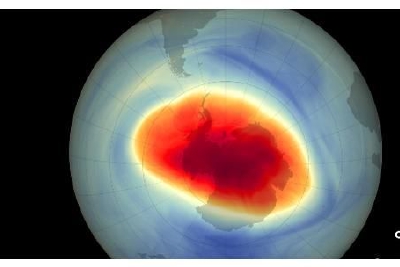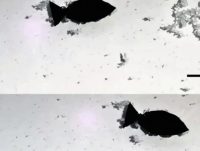The ozone hole is defined as a region of the atmosphere where ozone loss is greater than 25% compared to an undisturbed region. Located in the lower stratosphere over the tropics, the newly revealed ozone hole by University of Waterloo scientist Lu Qingbin is about as deep as the famous spring Antarctic ozone hole, but about seven times larger.
Professor Lu said the tropics cover half of the earth’s surface and are home to about half of the world’s population. The existence of the tropical ozone hole could be of great global concern. Depletion of the ozone layer leads to increased ground-level UV radiation, which increases the risk of skin cancer and cataracts in humans, weakens the human immune system, reduces agricultural productivity, and negatively impacts sensitive aquatic life and ecosystems.
Professor Lu’s observations of the ozone hole surprised his scientific colleagues because conventional photochemical models did not predict this. His observations fit well with cosmic ray-driven electron reaction (CRE) models and strongly suggest that the physical mechanisms of the Antarctic and tropical ozone holes are the same.
As with the polar ozone hole, about 80% of normal ozone values are found to be depleted in the center of the tropical ozone hole. Preliminary reports indicate that ozone depletion levels in the equatorial regions have endangered large populations, and the associated UV radiation reaching these regions is much higher than expected.
Atmospheric studies suggest that the ozone layer, which absorbs most of the sun’s ultraviolet radiation, may have been depleted in the mid-1970s due to the use of industrial chemicals, primarily chlorofluorocarbons (CFCs). The discovery of the Antarctic ozone hole in 1985 confirmed the ozone depletion caused by CFCs. While bans on such chemicals have helped slow ozone depletion, there is evidence that ozone depletion persists.
Professor Lu said that the tropical and polar ozone holes play an important role in cooling and regulating the temperature of the stratosphere, reflecting the formation of three “temperature holes” in the global stratosphere. The discovery could be critical to better understanding global climate change.
Prof Lu said further research is needed on the relationship between ozone depletion, changes in UV radiation and increased cancer risk, as well as their other negative impacts on health and ecosystems in tropical regions.




GIPHY App Key not set. Please check settings